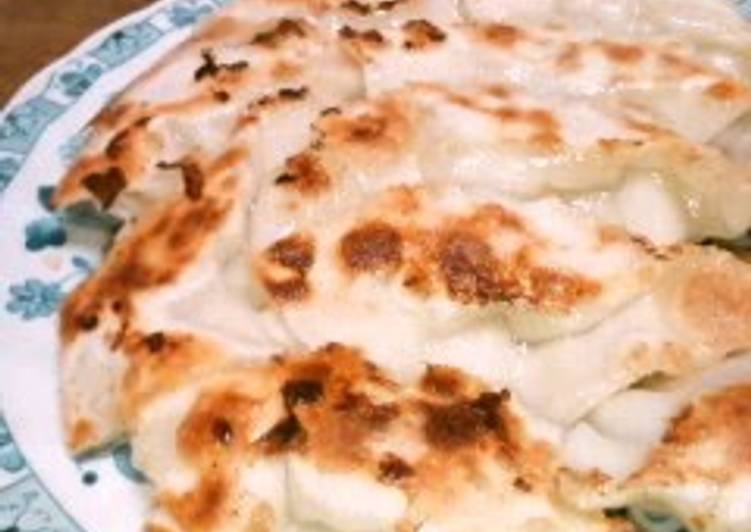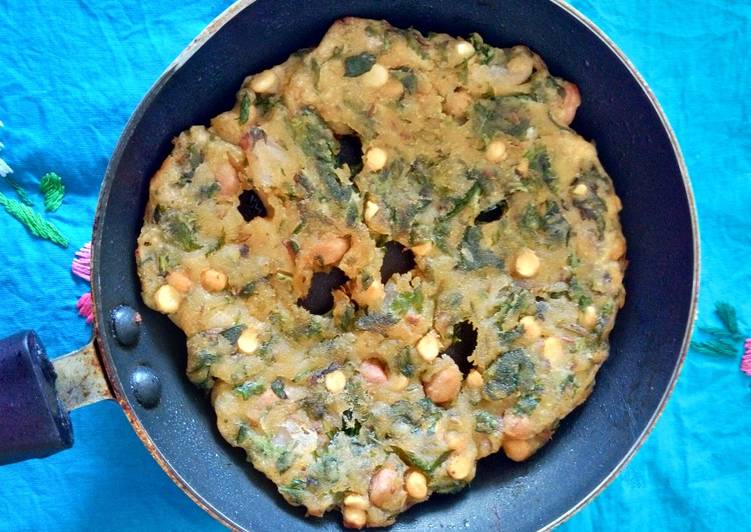
Hello everybody, it’s Louise, welcome to our recipe site. Today, I will show you a way to prepare a distinctive dish, delicious gyoza dumplings: fried, steamed, or boiled!. One of my favorites. For mine, I’m gonna make it a little bit tasty. This is gonna smell and look delicious.
Gyoza is requested every couple of months or so - it's a huge favorite in our family. Even though I'm perfectly capable of making it myself, as are my A big bowl of steaming ramen and a side of gyoza. Even though I can barely manage to get through an entire bowl of ramen myself, I.
Delicious Gyoza Dumplings: Fried, Steamed, or Boiled! is one of the most popular of current trending meals on earth. It’s simple, it is quick, it tastes delicious. It’s appreciated by millions every day. They’re fine and they look fantastic. Delicious Gyoza Dumplings: Fried, Steamed, or Boiled! is something that I’ve loved my entire life.
To begin with this particular recipe, we must prepare a few ingredients. You can have delicious gyoza dumplings: fried, steamed, or boiled! using 10 ingredients and 5 steps. Here is how you cook it.
The ingredients needed to make Delicious Gyoza Dumplings: Fried, Steamed, or Boiled!:
- Make ready 200 grams Ground pork
- Prepare 300 grams Chinese cabbage (or cabbage)
- Get 2 tbsp Chopped green onion
- Make ready 1 dash less than 1 teaspoon Grated ginger
- Take 1 1/2 tbsp Soy sauce
- Take 1 tbsp Miso
- Make ready 1 tbsp Sesame oil
- Prepare 1 Garlic
- Prepare 1 dash Sansho pepper (optional)
- Prepare 1 Vegetable oil
Dumplings can be steamed (zhēngjiǎo, 蒸饺), pan-fried (jiānjiǎo, 煎饺), or boiled (shuǐjiǎo, 水饺, literal translation: water dumpling). Steamed dumplings are not only one of the healthier ways to go, they're delicious! The outer wrapper stays firm and a little chewy. This is also one of the better.
Steps to make Delicious Gyoza Dumplings: Fried, Steamed, or Boiled!:
- Quickly boil the Chinese cabbage. (You can steam it in the microwave instead.) Put the cooked cabbage in cold water, squeeze out the water and chop it up roughly. Put all of the other ingredients and seasonings into a bowl and mix well.
- Be sure you've squeezed out all the water from the Chinese cabbage! Add it to the bowl from Step 1 and mix well to make the filling. Fill the gyoza skins with the filling. You can make about 40 to 50 dumplings.
- Heat up some vegetable oil in a frying pan, arrange the gyoza in the pan and cook them. When the gyoza are halfway cooked, add in enough water to cover the bottom half of each gyoza. Cover with a lid and steam fry. Take the lid off and continue to cook until the moisture evaporates.
- Or do it the way they showed on a TV cooking program called Danshi Gohan: Put some katakuriko on the bottom of the gyoza before putting them in the oil and then move them around in the oil. Once they start to dry out, add 1/2 cup of water.
- Cover with a lid and steam fry them. Cook on low heat to cook down the liquid. Take the lid off and once the moisture has evaporated, it's done! Or so I have been told.
From Japanese gyoza to Polish pierogi, dumplings can be cooked using almost any method, from steaming or boiling to baking or frying. If you've sampled these delicious, pillowy bites, you probably also know they're considered comfort foods for good reason. Think: dough made from refined flour. These vegan dumplings are filled with Asian seasoned tofu and vegetables and should be enjoyed with the traditional dumpling dipping sauce. The homemade gyoza wrappers (wrappers = dough) are softly steamed with a crispy bottom and filled with deliciously marinated tofu and vegetables.
So that is going to wrap this up for this exceptional food delicious gyoza dumplings: fried, steamed, or boiled! recipe. Thank you very much for reading. I’m confident that you can make this at home. There’s gonna be interesting food in home recipes coming up. Don’t forget to bookmark this page on your browser, and share it to your family, friends and colleague. Thanks again for reading. Go on get cooking!


